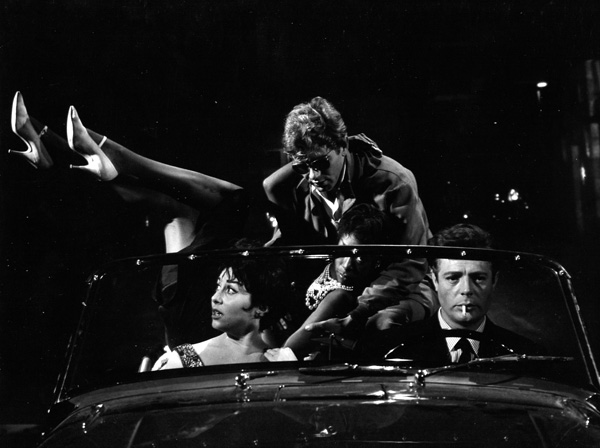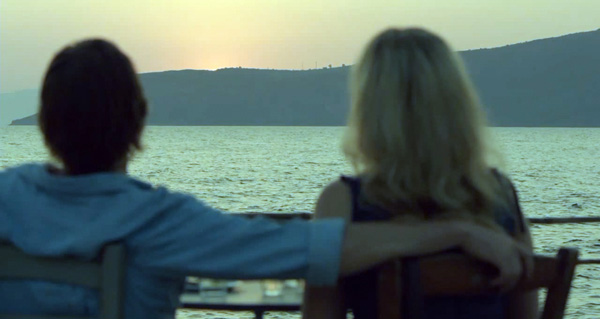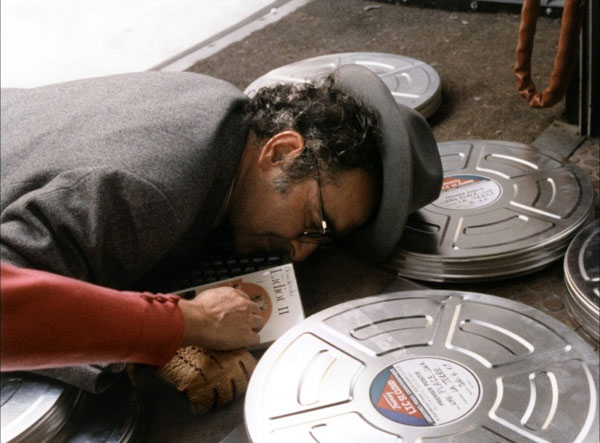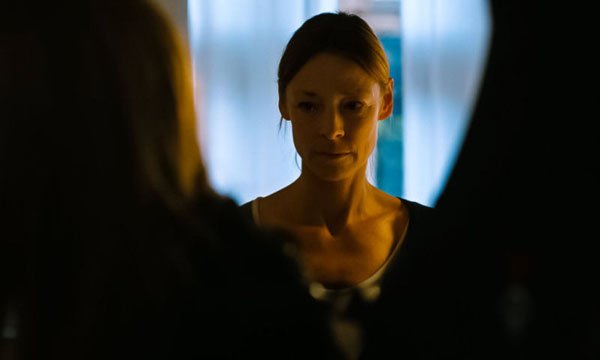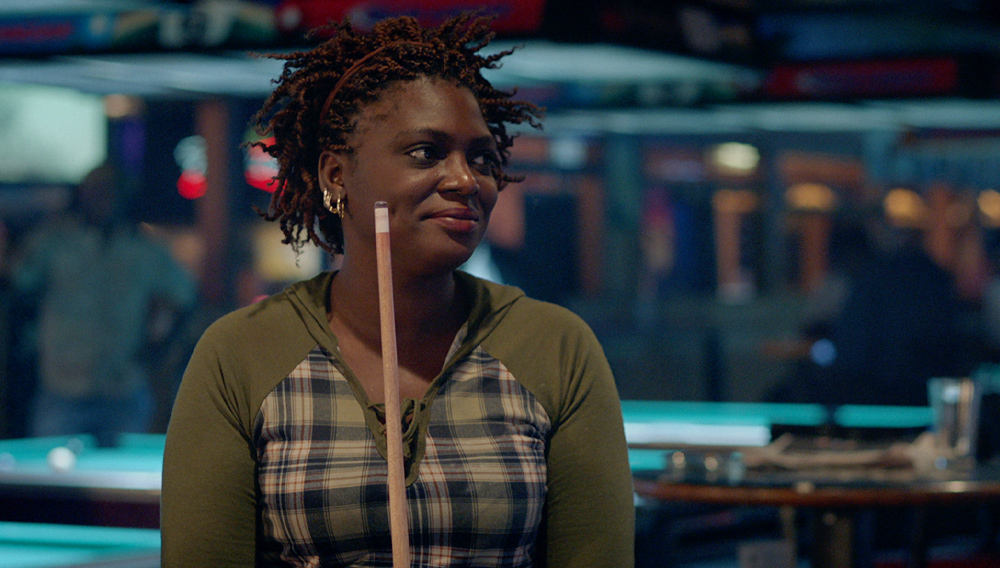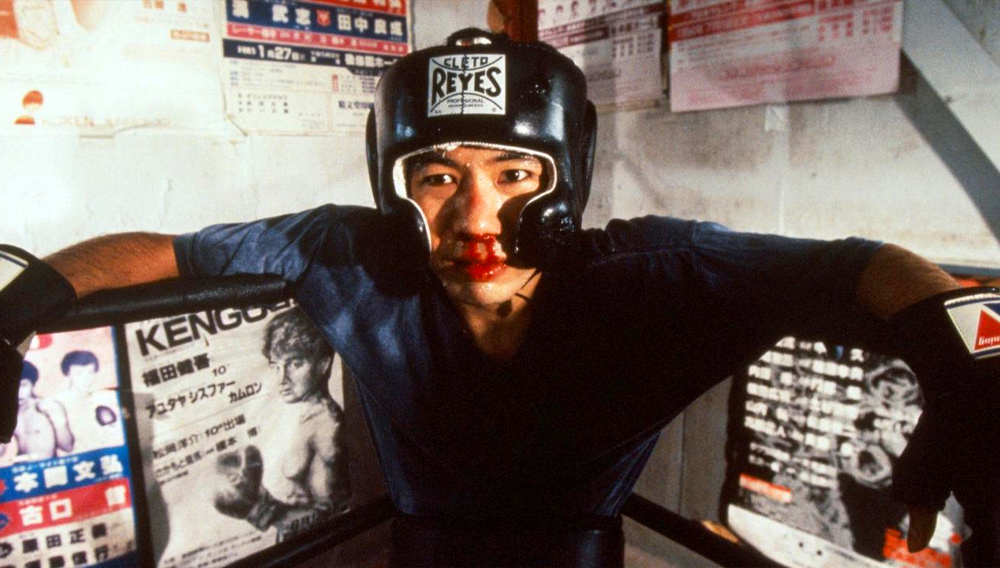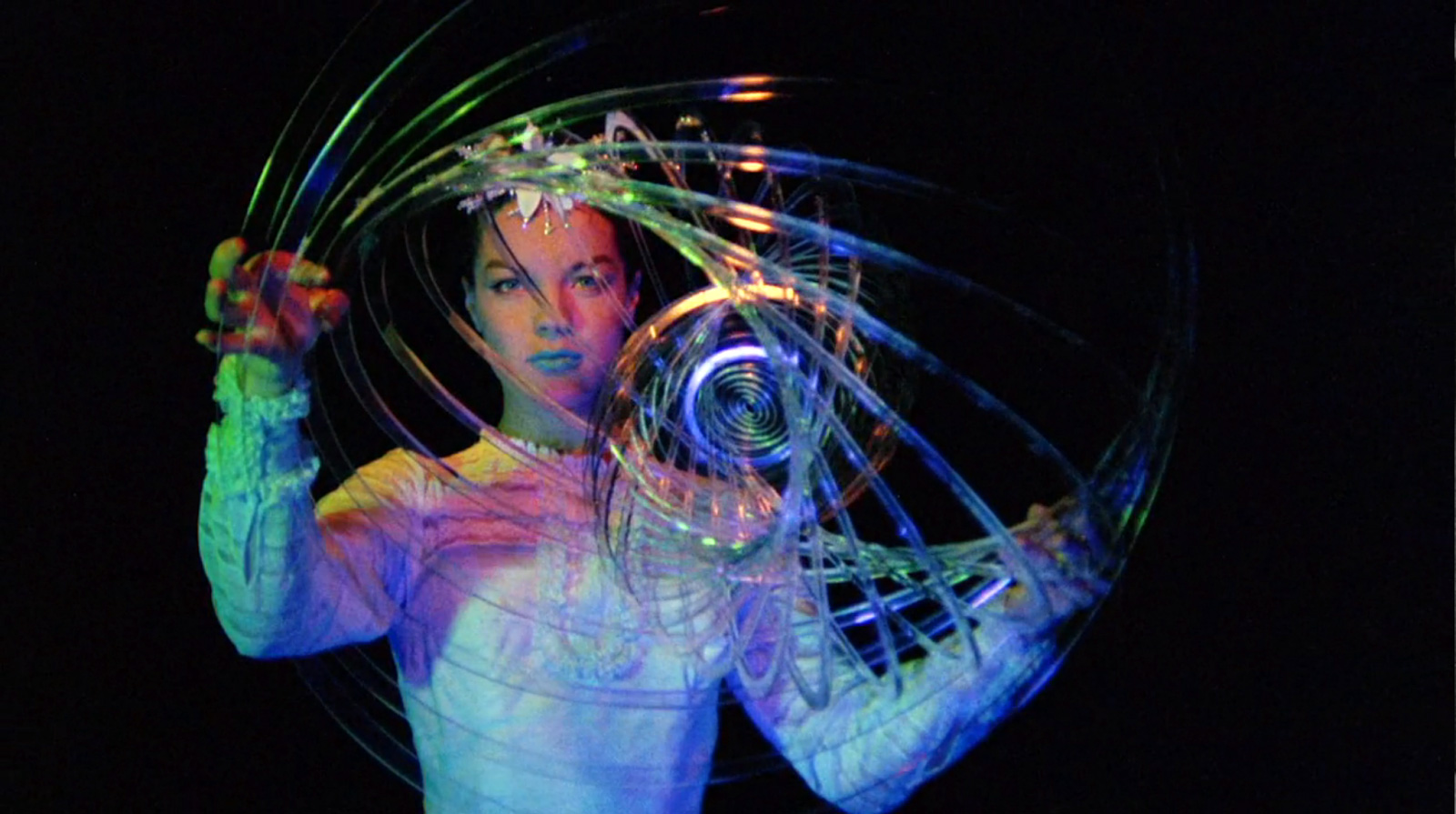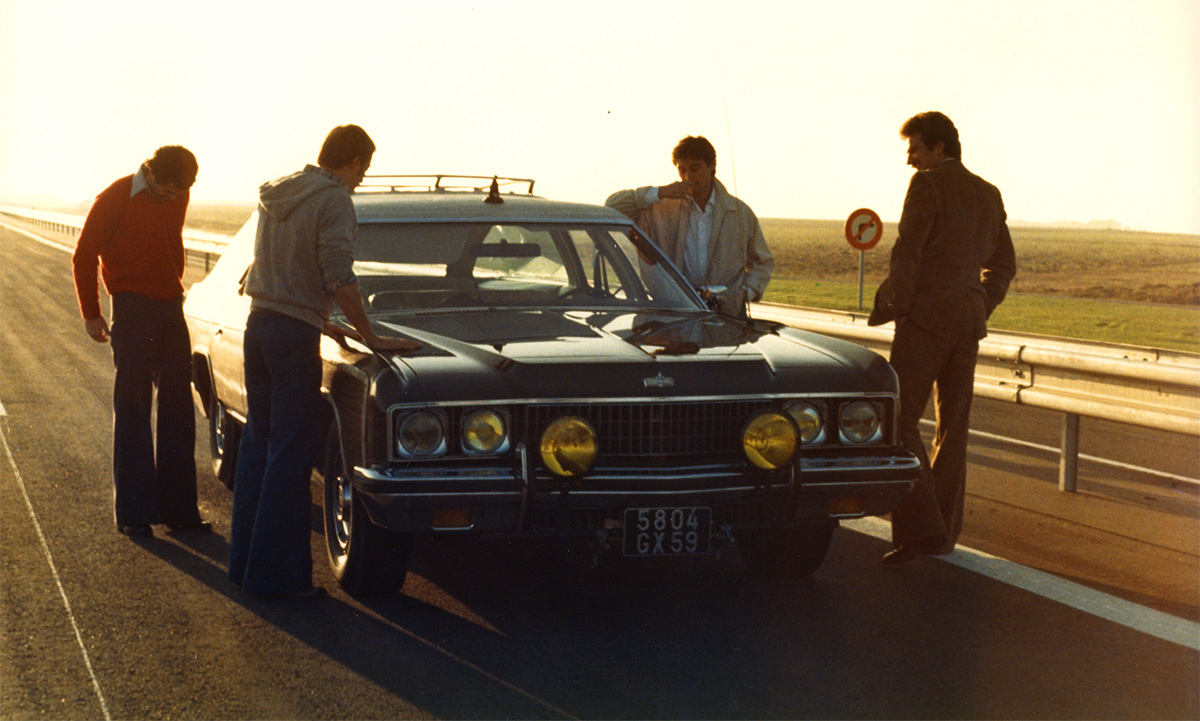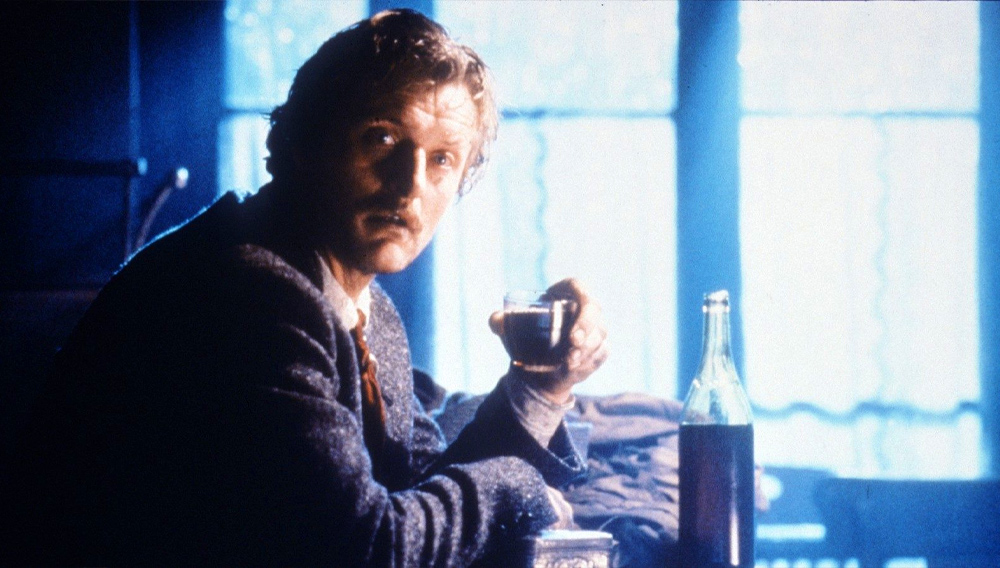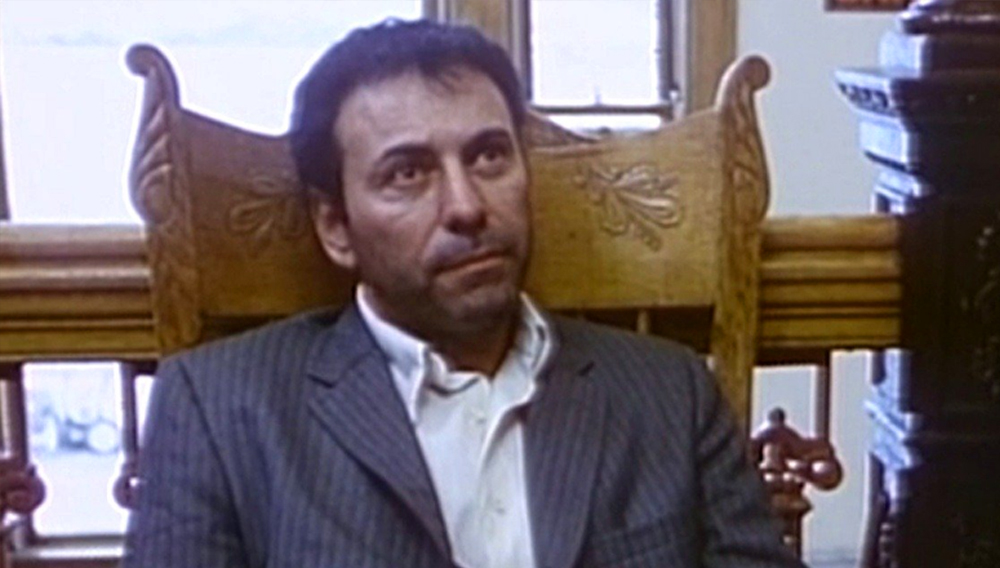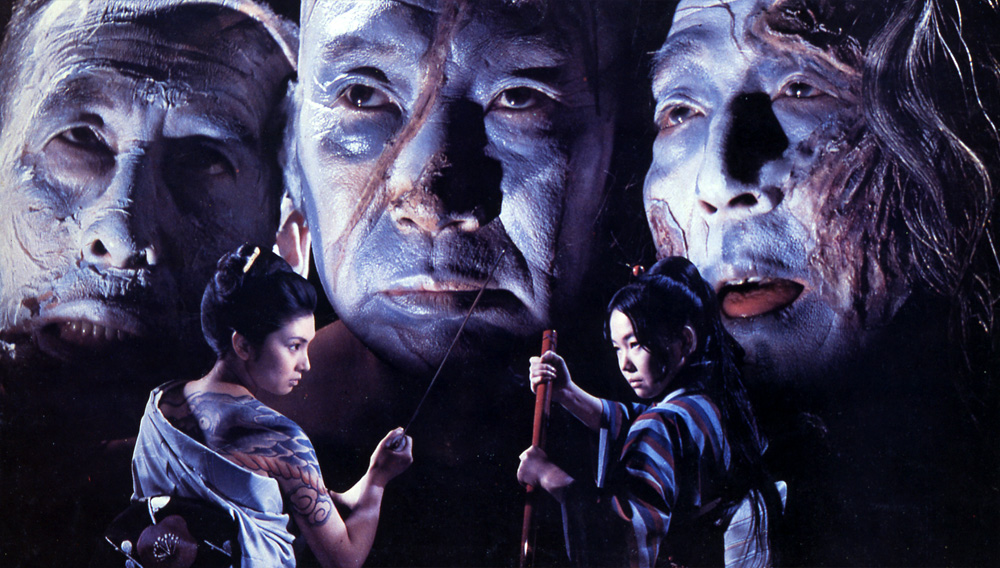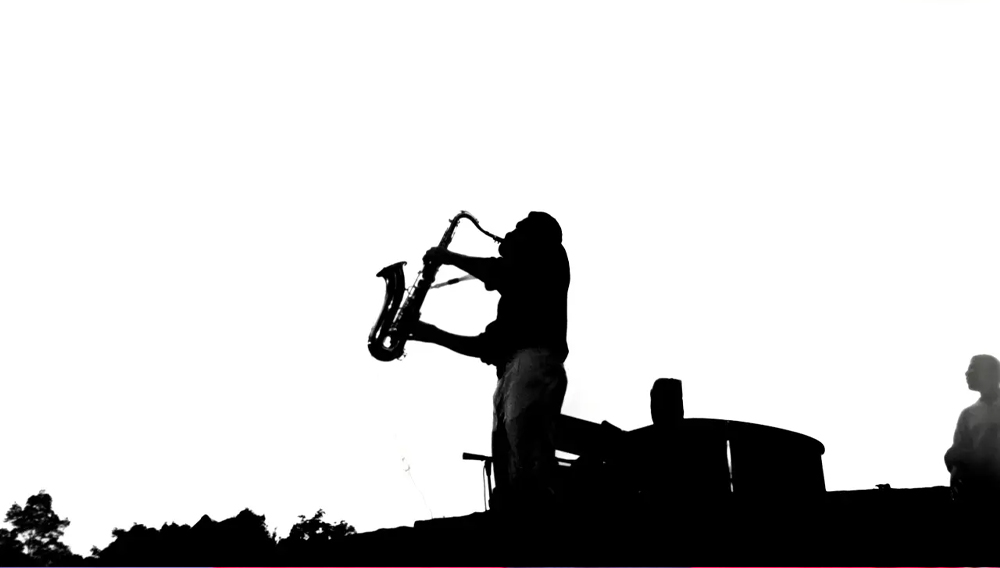The death of Roger Ebert in April shocked us all, despite our knowing that it’d been imminent for years. Just two days before, he’d announced a “Leave of Presence,” telling us that, yes, he’d be slowing down, but also reassuring us that he was still, as always, good to go. Two years before, in his memoir, Life Itself, Ebert peered into the face of death and proclaimed: “I do not fear it.”
When, suddenly, he was gone, the outburst of tributes and remembrances, the mourning, but also the celebration of his life and the writing he left us rolled on for weeks and months while a zillion other news cycles rolled right on by. Ebert’s rich legacy lives on not just in his volumes of reviews but also in the community he built around him, those who followed his rapid-fire tweets, chatted with him and each other via comments on his blog entries, attended his festival, and of course, those who wrote and are writing now at RogerEbert.com.
As our CEO, Dan Aronson, noted that day, we here at Fandor felt we’d lost a friend. And so did countless others who took to social media to share favorite quips and quotes from Ebert’s work. My own favorite passage has been cited over and again by many, but I never tire of reading it again. From a 1997 piece on Fellini’s La Dolce Vita (1960):
Movies do not change, but their viewers do. When I saw La Dolce Vita in 1960, I was an adolescent for whom “the sweet life” represented everything I dreamed of: sin, exotic European glamor, the weary romance of the cynical newspaperman. When I saw it again, around 1970, I was living in a version of Marcello’s world; Chicago’s North Avenue was not the Via Veneto, but at 3 a.m. the denizens were just as colorful, and I was about Marcello’s age.
When I saw the movie around 1980, Marcello was the same age, but I was 10 years older, had stopped drinking, and saw him not as a role model but as a victim, condemned to an endless search for happiness that could never be found, not that way. By 1991, when I analyzed the film a frame at a time at the University of Colorado, Marcello seemed younger still, and while I had once admired and then criticized him, now I pitied and loved him. And when I saw the movie right after Mastroianni died, I thought that Fellini and Marcello had taken a moment of discovery and made it immortal.
Savor the beauty of such an essential observation delivered in the clear and confident prose of a plain-spoken Chicagoan. Then note that one of the last screenings he mentions was almost certainly one of his “Cinema Interruptus” events in which Ebert and an audience would spend an entire day watching a film, stopping it at any moment anyone called out for a discussion of a particular camera angle, cut, composition, what have you. The movie-watching experience at its most communal, in other words.
The Dolce Vita passage touches on several themes that seem to have echoed throughout 2013, this melding of an individual reception of a film and the sharing of that experience with others being one of them. Flying back home to Vancouver from Toronto, Adam Cook wrote an open letter to his fellow Notebook contributors about the ways that festivals intensify both the private and communal aspects of watching films. At the Dissolve—itself a pretty big story of 2013, having been launched in the summer by Pitchfork and a team of writers, most of them veterans of the AV Club—Matt Singer positively reveled in the Rashomon effect of movie-viewing: “A film plays before us with all the same shots and cuts. But what happens from there is entirely up to us, and if you ask 100 people to describe what they saw you’ll get 100 different responses.” As it happens, his piece eventually turns to a Siskel & Ebert review of Congo (1995): “Siskel found the film disappointingly cheesy; Ebert felt the film was entertainingly cheesy. He offered up a perfect summation of this phenomenon. ‘I agree with what you observe,’ he said. ‘I disagree with your interpretation.'”
And as Ebert’s so eloquently noted, we can even disagree with our own interpretations at various stages in our lives. This theme of returning to films, now more possible than ever on a communal level, a sort of reunion of a film’s characters, its makers, and its viewers, the sense of reuniting with a family one has chosen, has been practically embodied all year long in the person of Richard Linklater. The year began with the Sundance premiere of Before Midnight—at long last, we’d discover what Jesse and Celine had been up to ever since he missed that plane. Of course, some family reunions are pretty rough going. As James MacDowell writes at Alternate Takes, the three Before films, certainly a contender for the greatest trilogy ever made, have “done something generically unprecedented: they have transformed what might have been a standalone (unconventional and realist, but still passingly familiar) romantic comedy into merely the first act in what has become an ongoing romantic melodrama—culminating (for now) in the pain and bitterness we find in Midnight.”
In 2013, Criterion re-released Slacker (1991) on Blu-ray; the New York Film Festival hosted a 20th anniversary “special Reunion screening” of Dazed and Confused, a group portrait that was already a sort of hazily mirrored time machine in 1993; the Austin Film Society hosted a ten-year School of Rock reunion (my parents were among the 1000+ people who showed up and had a blast—everyone noted that the kids in the band are all grown up now); and Gabe Klinger reunited Linklater with an old friend, James Benning, turning their conversation into Double Play and scoring a Lion in Venice for Best Documentary on Cinema.
Speaking of Venice, the festival celebrated an anniversary of its own, its 70th, and invited 70 outstanding filmmakers to create shorts addressing the future of cinema. The festival eventually, and quite generously, posted the films online. Locarno, by all accounts presenting one of its finest editions yet, seemed to have overlapped not with Venice but with Toronto by way of Cinema Scope editor Mark Peranson, who helped program the former and brought La última película, the film he co-directed with Raya Martin, to the latter, where it was one of either two or three (reports vary) out of 366 films to be projected as a film, i.e., not digitally. We’ve known for some time that, on the business end at least, the Great Digital Changeover, as David Bordwell calls it, is now complete; aesthetically, though, Peter Labuza and Carson Lund, in their Cinephiliacs discussion of films at this year’s NYFF, come this close to deciding that the switchover has not been the disaster many were dreading.
Berlin opened with The Grandmaster, and the arrival of the film in the States was reason enough for several cities to stage Wong Kar-wai retrospectives. Another filmmaker celebrated all summer long was Werner Herzog, whose oeuvre was revived in London, Locarno, and New York before he saw the Werner Herzog Theater open in Telluride, where Eric Ames and Jonathan Marlow interviewed him for Keyframe. Other filmmakers spotlighted in 2013: Orson Welles, whose Too Much Johnson (1938) was rediscovered and restored and whose conversations found their way into two new books; William Friedkin, who released a memoir and received a Golden Lion for Lifetime Achievement in Venice; Satyajit Ray, celebrated with a major season in London and a pair of Criterion releases; Pier Paolo Pasolini, the subject of a traveling retrospective following the UK revival of Theorem (1968); John Cassavetes, remembered with a retrospective in New York; and Rainer Werner Fassbinder, whose hard-to-see early work—well, some of it—is now available in a Criterion box set. But the granddaddy of retrospectives in 2013 has to be Jean-Luc Godard – The Spirit of the Forms. Over three weeks in October, New York’s Film Society of Lincoln Center screened just about everything by cinema’s most profoundly influential director that resourceful curators Kent Jones and Jacob Perlin could get their hands on.
If there was one big story to come out of Cannes, it doesn’t seem to have been about any particular film. The consensus, far as I could tell, is that the 66th was a solid edition with a lot of good films and maybe even a few great ones, but none that had attendees rethinking what cinema might be or become. In lieu of a such a breakthrough, critics seemed to settle for the sign-of-the-times angle, that is, that two of the major award-winners, Abdellatif Kechiche’s love story Blue Is the Warmest Color (Palme d’Or) and Alain Guiraudie’s sort-of-Hitchcockian thriller Stranger by the Lake (Un Certain Regard Directing Prize) happened to feature gay protagonists—and this in a year that’s seen such leaps and bounds toward marriage equality.
A greater spark between cinema and world affairs flared when Laura Poitras’s work on the third film in her trilogy on post-9/11 America attracted the attention of one Edward Snowden. His string of revelations regarding the reach of the NSA began with a video interview in which he introduced himself to the world, and as I wrote in June, “what makes the 12’35” such endlessly fascinating viewing, apart from the eerily quiet views of Hong Kong’s harbor that bookend it, is the calm and clarity with which Snowden discusses his potential ability to tap into President Obama’s email, the prospect of shutting down the entire global intelligence community in an afternoon, or even his own demise should the CIA decide to task the local triads with taking him out.” As of this writing, Poitras is editing her feature in Berlin.
Cinephiles signed quite a few petitions this year, one demanding the release of Canadian filmmaker John Greyson and physician Tarek Loubani, arrested and imprisoned in Egypt as they were traveling to Gaza—they’d eventually be released after 50 days in captivity—and another demanding that Boston University professor Ray Carney release essential materials he’s still holding that actually belong to Mark Rappaport. Carney hasn’t budged, but at the very least, we can hope that the controversy has raised awareness of a remarkable filmmaker. In August, cinephiles rallied again on behalf of the Cinemateca Portuguesa, whose threatened closure has been delayed but whose survival over the long term is still not guaranteed.
Within the happy realm of cinephilia, we avoided an outright brawl anywhere near as uproarious as those of previous years over “cultural vegetables,” say, or the supposed end of film culture, but we did have a lively chat about Vulgar Auteurism. That chat never blew up in part because its advocates insist that its championing of formerly maligned filmmakers such as Paul W.S. Anderson, John Hyams, Nimrod Antal, John McTiernan, and yes, Tony Scott, to name but a few, is not intended as a counter-canon. And in part because the name seems to wink at you from the outset, like other self-aware mini-movements—Neo-Neo Realism, anyone?
In 2013, we lost not only Roger Ebert but also filmmakers Nagisa Oshima, Aleksei German, Les Blank, Jess Franco, and Alexey Balabanov; special effects and stop motion animation innovator Ray Harryhausen; scholar Donald Richie; and actors James Gandolfini, Karen Black, Bernadette Lafont, and Jonathan Winters. But we also made new discoveries. Appearing in Berlin seemingly out of nowhere was Ramon Zürcher’s The Strange Little Cat, which, over the course of the festival, became the must-see, and little wonder. As Mike D’Angelo writes of this “purely beguiling movie” in the Dissolve, it’s that “rare film that offers a new way of looking at the everyday world.”
And then New York Times critics Manohla Dargis and A.O. Scott did something wonderful with the paper’s fall preview this year. Instead of rounding up the usual profiles of directors and stars of features we’ll be hearing more than enough about anyway as we begin the long trudge through awards season, they poured their energy into a multimedia special called “20 Directors to Watch.” And they introduced their collection of interviews with young men and women from around the world currently making some of the most exciting films to struggle for distribution in the coming years with a declaration that strikes the ideal note on which to ring in the new year: “We are living in a time of cinematic bounty. In multiplexes and beyond, movie lovers have a greater, more dizzying variety of choices—and of screens, large and small—than at any time in history.”

